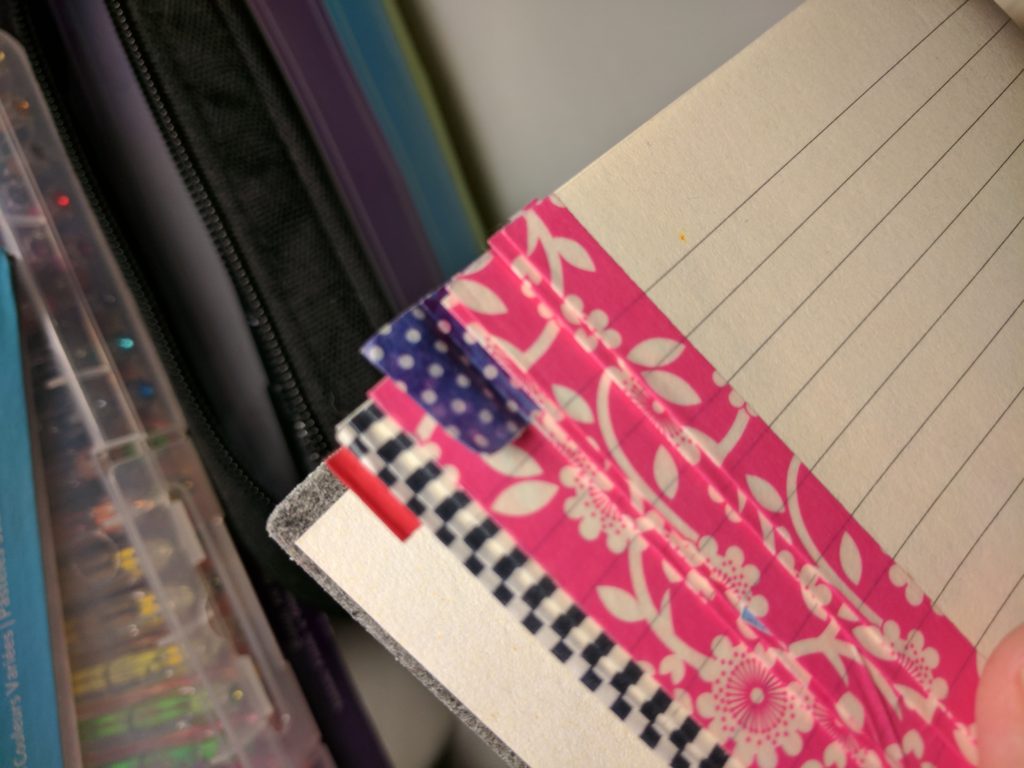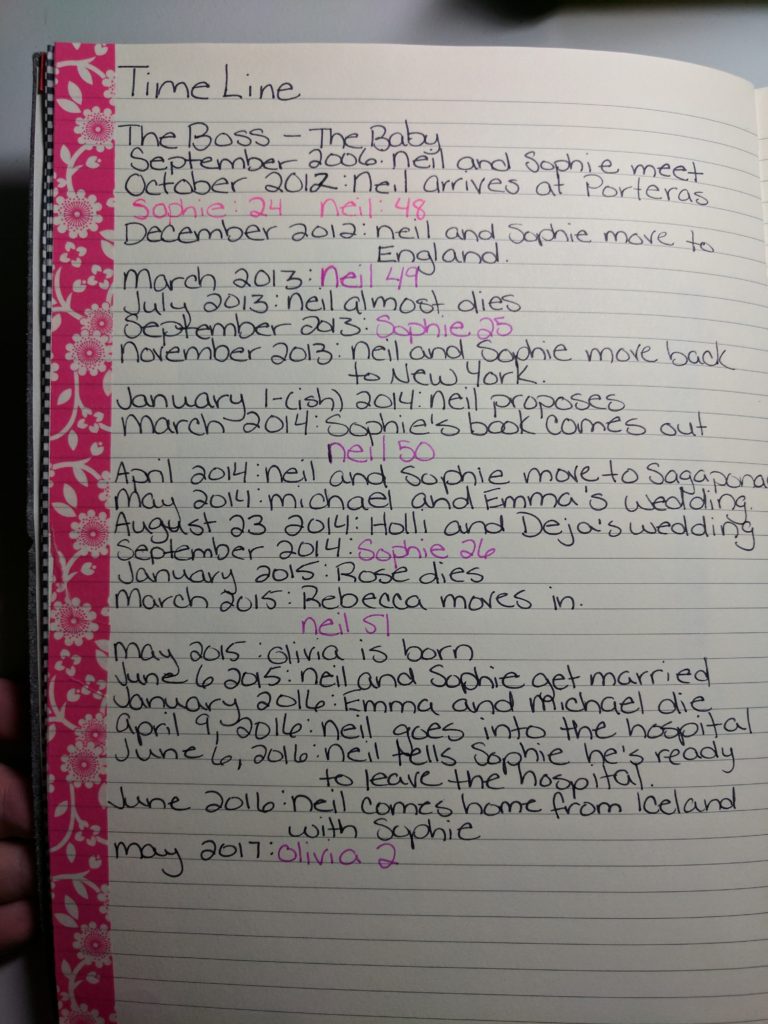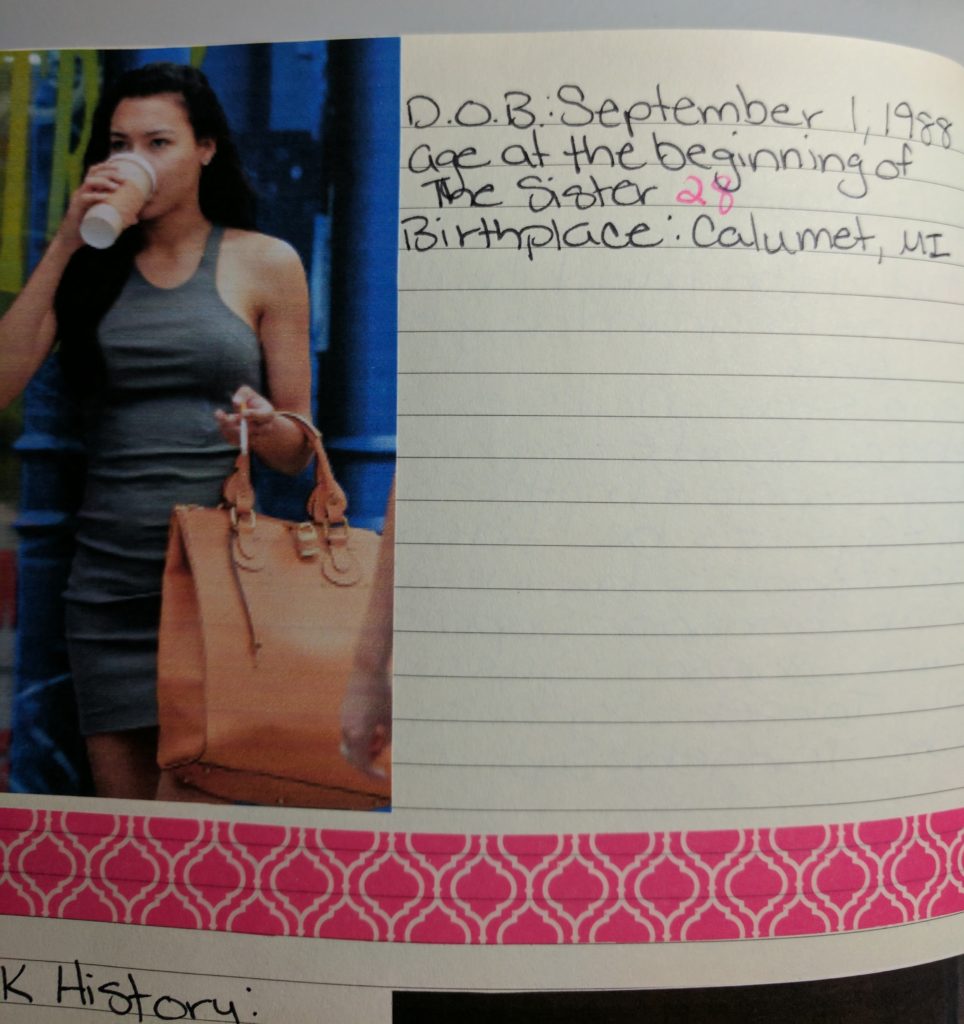It’s that time of the week when I answer your anonymous questions about writing and all that stuff connected to it. Every Thursday, I’ll be answering two questions from the Big Damn Writer Question Box.
Q: I’m in a business law class, and last week we covered copyright law. My professor said that most authors just go ahead and register their work with the US Copyright Office after publishing just in case they need it. Is that true in your experience? Have you done that/do you do that and what is that process like? Thanks!
A: Maybe the authors your professor knows register their copyright, but I’ve never met a single author who does. We put the copyright symbol into our book to denote that we own it, to prevent people from claiming innocence should they steal our work–”But I didn’t know it was copyrighted material!”–but I don’t know many people who actually register their copyrights because copyright protection exists as soon as a work is created. If I had a huge hit like Twilight or something, I would register the copyright because higher-profile, successful books often have more intricate legal issues when they do crop up, but in general, not a lot of authors actually register because just putting that symbol, your name, and the date are enough to make it stick.
Q: How do you keep track of timelines and specific character details as you’re writing? For example, if I say John is 5’10”, and in another chapter I mention that he’s 6″ taller than Jane, and in another chapter I mention that Jane is shorter than her sister, etc., how do I make sure that all of those things stay in sync?
Right now I have a story timeline in document format and all of my characters in a spreadsheet with their birthdays, height, ages, signs, etc., but I was wondering if you know of a more elegant solution.
Related bonus: Do you fret about that as you’re writing, e.g. go back and re-edit earlier chapters? Or is that something you cull through and correct later?
Thank you!
A: So, I’m really bad at this stuff. I have one editor who works on my Neil and Sophie series and she will correct me if I say something or I go, “I don’t remember the name of this or that,” and she remembers. But in the past, I’ve had to do a lot of digging through old books to find answers I should have been smart enough to write down.
But no more! My awesome friends Bronwyn Green and Jess Jarman started putting together notebooks to keep all this stuff straight, and I started doing it, too. I don’t know if it’s “more elegant” than a spreadsheet, but this is what mine looks like:
I’ve just started my notebook, so there aren’t very many pages, but this is the system I’m using. Each book gets its own washi tape border, and each series gets its own tab. So right now, you’re looking at pages for two series and two books.
I am notoriously bad at not knowing how old a character is from story to story, so I made a page to track the major events of the books and how they correlate to those characters’ ages.
I print out pictures for visual inspiration and put them beside the character details so I can come back and look stuff up later. I print stuff on sticker paper, which is mankind’s most brilliant invention.
Places get pages, too:
I like to make the real-world places my characters visit as true to life as possible. As I have another book I’m working on that’s set in the Bellagio hotel and casino in Las Vegas, I collected images of it, including a floor plan from their website. Now, I won’t have the problem of, “Why did she cross the room to go to the bed if the bed is right next to the window?” that I often find myself having.
Doing it this way puts all the stuff I need into an easy-to-look-up format, and I leave room to add details that pop up in the book as I’m writing it.
As for details, when I’m first drafting I rarely go back and look things up. I just put in brackets and figure I’ll fill stuff in later. Right now, I can’t be bothered to go back and look up a character’s name from chapter two to plug them into chapter ten. Brackets, all through the entire scene. I figure I can fix it in edits.
No bonus question this week, as I’m busy getting ready for my amazing U.P. writing retreat!
Wanna see your questions get answered (or just wanna air a grievance?) Put it in the box!




Scrivener’s novel writing format thingie also comes with character template sheets, and I’ve been using that for my current WIP.
I’ve also heard that when you register a copyright, you only register it for that version. So if you do edits, the new version is not registered. Also if you’re trad publishing, pretty sure that’s your publisher’s job to do.
There’s a lot of misconceptions and outdate information out there about copyright. There’s a very popular writing advice tumblr that constantly gives out wrong information about copyright.